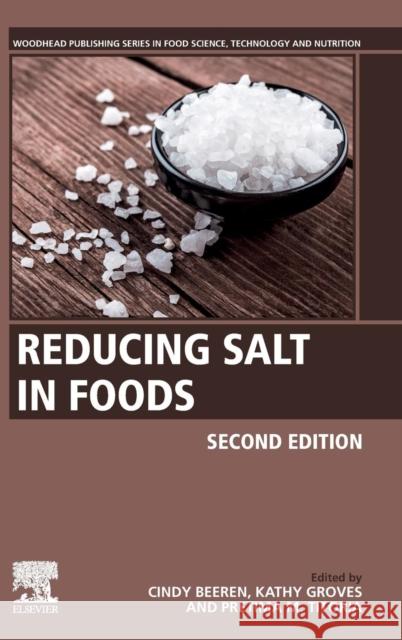Reducing Salt in Foods » książka
topmenu
Reducing Salt in Foods
ISBN-13: 9780081008904 / Angielski / Twarda / 2019 / 298 str.
Kategorie:
Kategorie BISAC:
Wydawca:
Woodhead Publishing
Seria wydawnicza:
Język:
Angielski
ISBN-13:
9780081008904
Rok wydania:
2019
Numer serii:
000442047
Ilość stron:
298
Waga:
0.56 kg
Wymiary:
22.91 x 15.19 x 1.75
Oprawa:
Twarda
Wolumenów:
01











